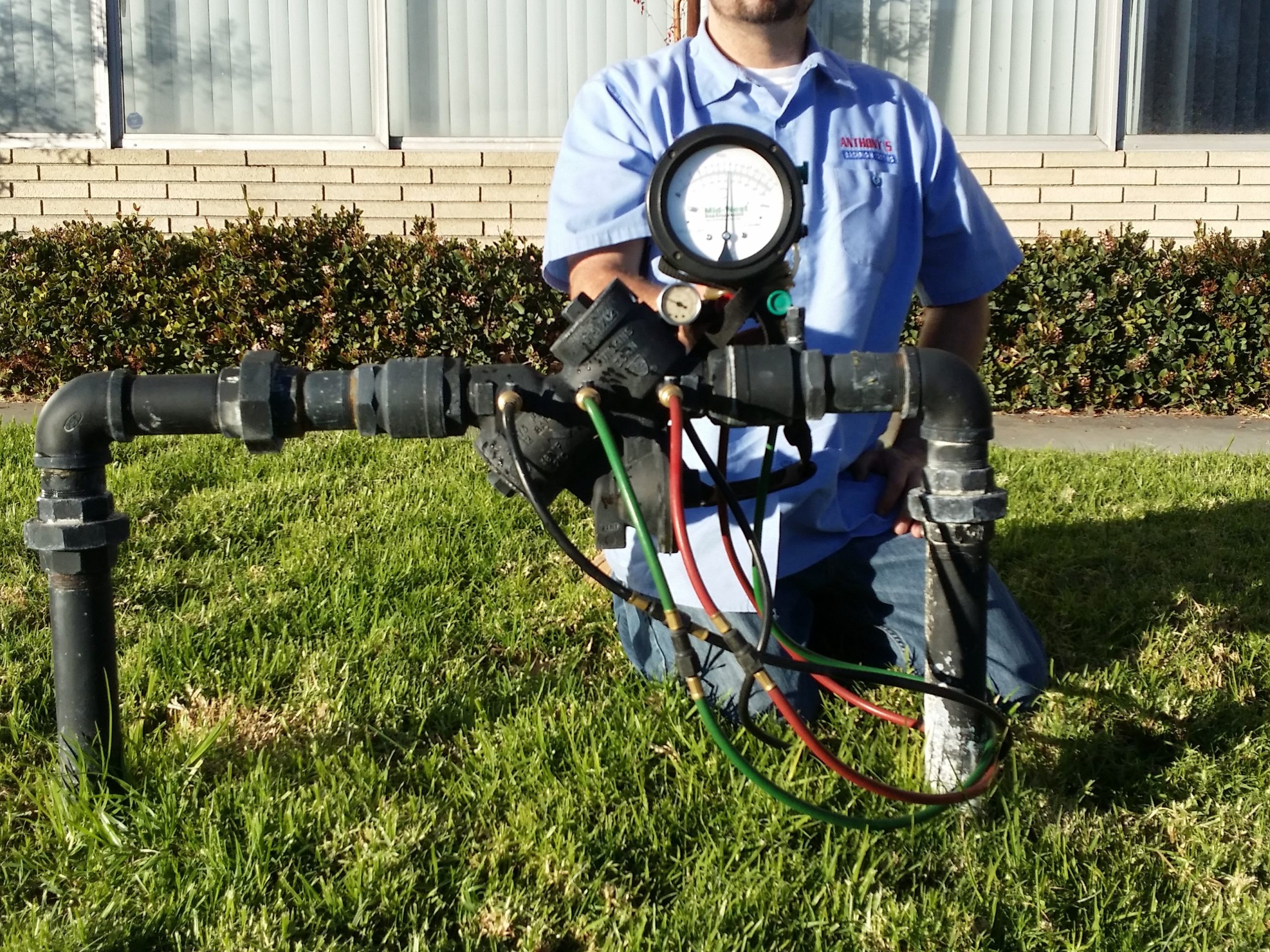Is Backflow Testing a Must for My Water
Is Backflow Testing a Must for My Water
Blog Article
We have uncovered this post involving Is backflow testing necessary? directly below on the web and reckoned it made sense to relate it with you over here.

Yes, you need to backflow test your residence's supply of water to ensure that the water is without toxic substances and also hazardous degrees of chemicals. As a result of the equipment needed and also area for mistake, you should not attempt to carry out heartburn testing by yourself. We recommend that you call a professional plumber every number of years to check your water.
Heartburn Can Effect Both You and Your City
Since dangerous heartburn can affect the public water supply in enhancement to a single structure, numerous cities develop backflow standards. Thankfully, modern-day cities have backflow gadgets in position that protect the water system that comes from many houses and industrial residential properties. The actual hazard originates from watering systems, which can damage the water supply with harmful fertilizers, manure, and other chemicals.
What Creates Backflow?
A typical reason of heartburn is a loss of water stress that causes the water to siphon back into the water supply. After some time, there is a loss in water pressure as well as the hose pipe begins to suck the water back right into the water supply. As you can picture, there are now chemicals from the paint that are entering the water supply, possibly posturing a danger.
Backflow Testing is Called For by Regulation in Specific Cities
Depending on where you live, you may actually be needed by legislation to backflow test your legislation. Iowa City maintains a document of all homes served by the city's water supply.
You Can Protect Against Backflow
The primary purpose of a heartburn device is to protect against water from flowing backwards right into your water supply. Plumbers install the device on the pipes in your house to guarantee that the water only streams in the appropriate direction.
What is Backflow?
Simply put, backflow is when water moves upwards-- the opposite instructions in the plumbing system. This is additionally referred to as "backpressure." When the water moves in this direction, it can blend with unsafe contaminants as well as pose a threat.
Call a Plumber to Check for Backflow Prior To It is Too Late
A plumbing business can quickly evaluate your residence's water to figure out if there are any type of harmful chemical degrees. And also if you do find that your water has high degrees of toxic substances, a plumber can easily mount a heartburn prevention tool.
Yes, you need to backflow examination your house's water supply to ensure that the water is cost-free of toxic substances and also unsafe levels of chemicals. Several cities establish heartburn standards because hazardous heartburn can affect the public water supply in enhancement to a solitary building. A regular cause of backflow is a loss of water stress that creates the water to siphon back into the water supply. After some time, there is a loss in water pressure as well as the pipe starts to suck the water back into the water supply. The major function of a backflow device is to avoid water from moving in reverse into your water supply.
WHY DOES BACKFLOW TESTING NEED TO BE DONE EVERY YEAR
What Is Backflow?
Toxic gas backing up into a building is one example of potential backflow issues, but backflow can occur in many other ways.
Backflow is generally referred to as the reversal of a liquid or gas in a plumbing system.
Most issues for the public occur with backflow resulting in contaminated drinking water. If you look up backflow issues online you’ll probably find references to “potable” water. That means drinking water.
There have been backflow issues in the past with drinking water. Chemicals, sewage and other contaminants have found their way into drinking water causing health issues for those that count on the fresh water.
What Causes Backflow?
In a residence or commercial building water generally flows one way. This normal flow is usually driven by consistent pressure in the water and waste system.
Anything that changes the normal pressure in the system can lead to backflow.
Fire hydrant use or malfunction can reverse the normal pressure in the system on a city line, but backflow can occur in a number of different ways.
Sometimes backpressure might be caused by someone using a garden hose and submerging the end of the hose in a pool of liquid. If pressure is lost the flow could reverse and contaminants could be released into the drinking water.
Anytime there is a connection between contaminants and the drinking water there is potential for a backflow issue. Sometimes these connections are not immediately obvious like the garden hose connecting to a building’s drinking water supply.
Backflow Regulations
The Environmental Protection Agency (EPA) provides guidelines and regulations for state and local governments regarding backflow. State and local governments also have their own guidelines and regulations for backflow prevention.
Arizona has its own backflow regulations.
Due to issues with backflow in the past, regulations require backflow preventer devices to be used in nearly all residential and commercial buildings.
A backflow preventer is a device that prevents backflow as cross-connection points where potential backflow issues may occur.
While backflow is not a common occurrence, preventers are in place to make sure there is no contamination should something malfunction or go wrong with a building’s water supply.

I was introduced to that write-up about What is Backflow Testing? from someone on another domain. Remember to take a moment to distribute this blog posting if you appreciated it. Thank you for your time spent reading it.
Emergency? Call us! Report this page